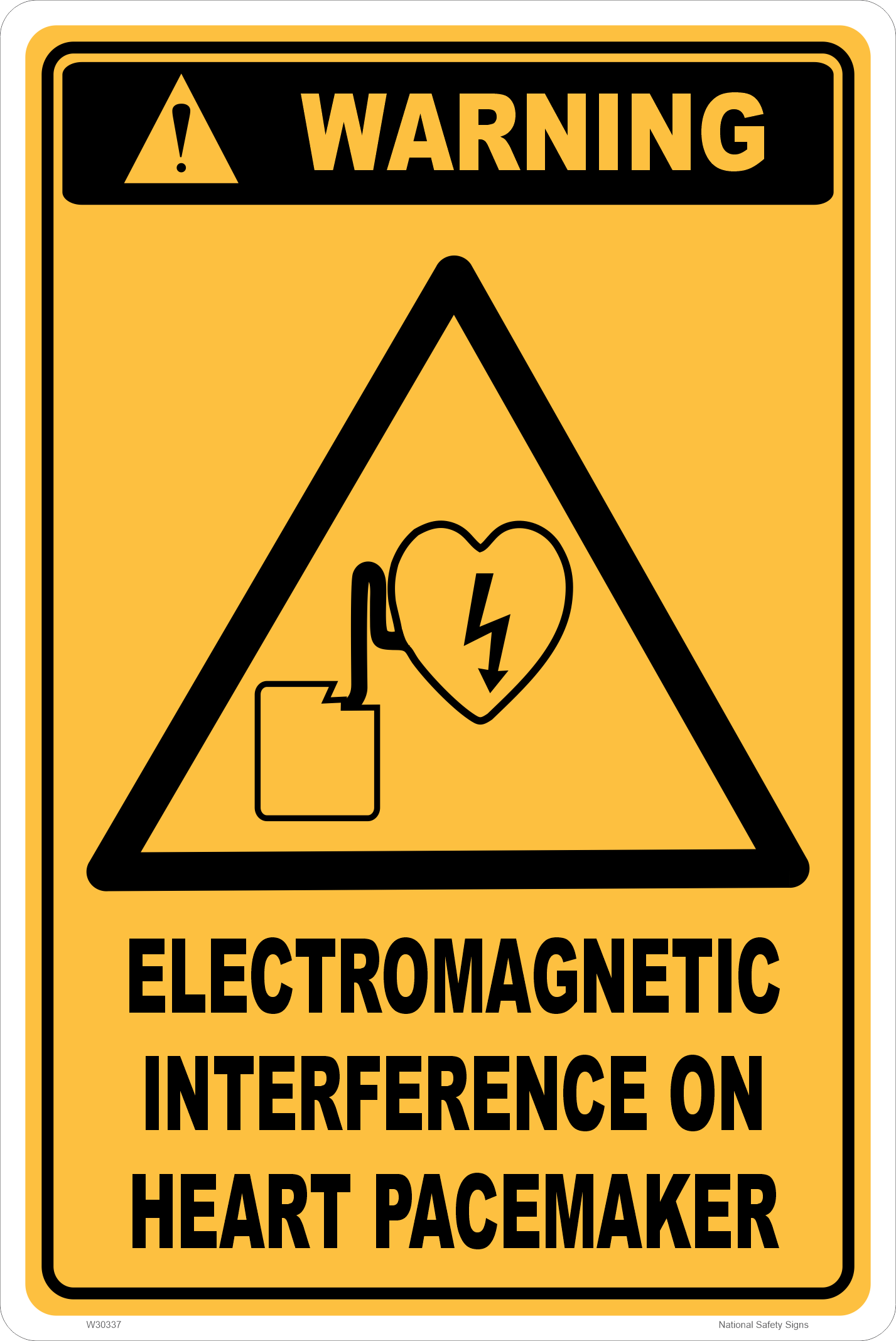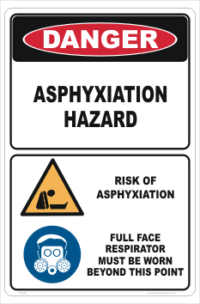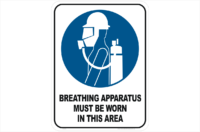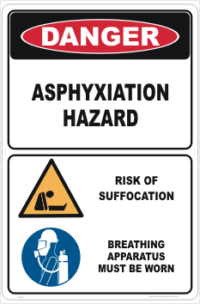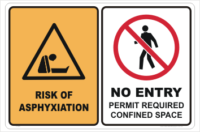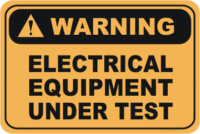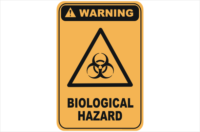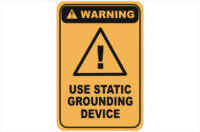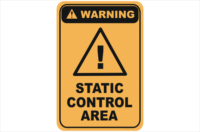Electromagnetic interference Warning sign W30337
From: $8.71
Magnetic Field can interfere with Pacemakers Warning sign. Choose from drop down menus for material and size.
Electromagnetic fields (EMFs) can impact pacemakers, electronic devices regulating heartbeats. Strong EMFs from sources like MRI machines or electronics may cause interference, affecting the pacemaker’s function. Modern pacemakers have measures to reduce susceptibility, and medical facilities follow guidelines to minimize risks. Distance matters, and some pacemakers are MRI-compatible. Consult healthcare providers for advice on minimizing risks and safe practices. While risks exist, precautions and advancements have lessened interference potential.
Description
Electromagnetic interference Warning signs
Electromagnetic fields (EMFs) can potentially interfere with the proper functioning of pacemakers and other medical devices. Pacemakers are electronic devices that help regulate a person’s heartbeat, and they can be sensitive to external electromagnetic interference. The effects of electromagnetic fields on pacemakers can range from no impact to serious malfunction, depending on various factors including the strength of the field, the distance from the source, and the design of the pacemaker itself.
Here are some key points to consider regarding the effects of electromagnetic fields on pacemakers:
- Electromagnetic Interference (EMI): Strong electromagnetic fields, such as those generated by certain medical equipment (e.g., MRI machines), power lines, industrial equipment, and consumer electronics, have the potential to interfere with the proper functioning of a pacemaker. This interference is known as electromagnetic interference (EMI).
- Potential Risks: In some cases, EMI can cause a pacemaker to misinterpret signals or deliver inappropriate pacing, which could lead to potentially harmful effects on the patient’s heart rhythm.
- Distance Matters: The strength of the electromagnetic field decreases with distance from the source. Therefore, the closer a pacemaker wearer is to a strong EMF source, the higher the risk of interference.
- Shielding and Precautions: Hospitals and medical facilities are often equipped with guidelines and protocols to minimize the risks of EMF interference for patients with pacemakers. This can involve keeping patients a safe distance away from strong EMF sources, and certain areas may be equipped with shielding to reduce electromagnetic exposure.
- Pacemaker Design: Modern pacemakers are designed with various measures to reduce their susceptibility to electromagnetic interference. This includes shielding, filtering, and grounding to mitigate the impact of external EMFs.
- Consumer Electronics: Everyday consumer electronics such as cell phones, tablets, and laptops are generally not powerful enough to cause significant interference with pacemakers. However, it’s still recommended to use these devices at a safe distance, especially if the pacemaker user experiences any unusual symptoms while using them.
- MRI Compatibility: Some pacemakers are designed to be compatible with MRI (Magnetic Resonance Imaging) machines, which generate strong magnetic fields. MRI-compatible pacemakers are engineered to minimize interference and are usually safe for use in an MRI environment.
- Consulting Medical Professionals: If you have a pacemaker, it’s important to consult with your healthcare provider about potential risks and precautions related to electromagnetic fields. They can provide guidance on how to minimize risks and advise you on safe practices.
In summary, while the risk of electromagnetic interference with pacemakers exists, modern pacemaker designs and proper precautions have significantly reduced the potential for such interference. It’s crucial for pacemaker wearers to be aware of their device’s specifications, follow recommended guidelines, and consult their medical professionals to ensure their safety in various environments.


